

| Company : Uniworld |
| Ship : S.S. Joie de Vivre |
| Journey Start : կիր 17 օգս 2025 |
| Journey End : կիր 31 օգս 2025 |
| Count Nights : 14 nights |
| Day | Date | Port |
|---|---|---|
| 1 | 17.08 կիր | Բորդո / France |
| 2 | 18.08 երկ | Պաուիլակ / France |
| 3 | 19.08 երք | Կադիլլակ-սյուր-Գարոնն / France |
| 4 | 20.08 չրք | Բլեյ / France |
| 5 | 21.08 հնգ | Լիբուրն (Սենթ-Էմիլիոն) / France |
| 6 | 22.08 ուր | Լիբուրն (Սենթ-Էմիլիոն) / France |
| 7 | 23.08 շբթ | Բորդո / France |
| 8 | 24.08 կիր | Բորդո / France |
| 9 | 25.08 երկ | Վերնոն / France |
| 10 | 26.08 երք | Ռուան / France |
| 11 | 27.08 չրք | Caudebec-en-Caux / France |
| 12 | 28.08 հնգ | Ռուան / France |
| 13 | 29.08 ուր | Վերսալ / France |
| 14 | 30.08 շբթ | Փարիզ / France |
| 15 | 31.08 կիր | Փարիզ / France |
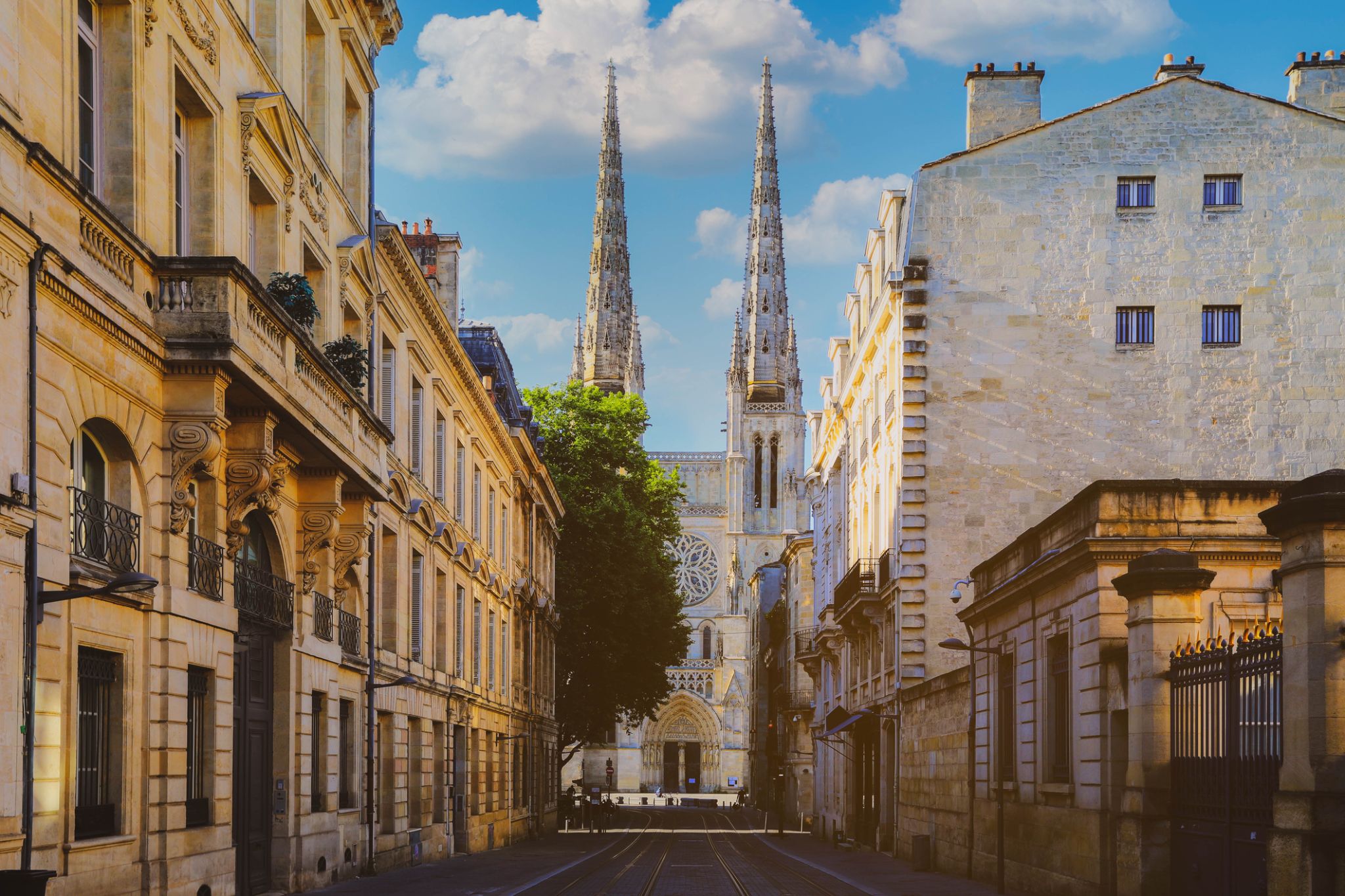
Bordeaux is a port city on the Garonne in the Gironde department in Southwestern France.
The municipality (commune) of Bordeaux proper has a population of 246,586 (2014). Together with its suburbs and satellite towns, Bordeaux is the centre of the Bordeaux Métropole. With 1,195,335 in the metropolitan area, it is the sixth-largest in France, after Paris, Marseille, Lyon, Toulouse, and Lille. It is the capital of the Nouvelle-Aquitaineregion, as well as the prefecture of the Gironde department. Its inhabitants are called "Bordelais" (for men) or "Bordelaises" (women). The term "Bordelais" may also refer to the city and its surrounding region.
Being at the center of a major wine-growing and wine-producing region, Bordeaux remains a prominent powerhouse and exercises significant influence on the world wine industry although no wine production is conducted within the city limits. It is home to the world's main wine fair, Vinexpo, and the wine economy in the metro area takes in 14.5 billion euros each year. Bordeaux wine has been produced in the region since the 8th century. The historic part of the city is on the UNESCO World Heritage List as "an outstanding urban and architectural ensemble" of the 18th century.[7] After Paris, Bordeaux has the highest number of preserved historical buildings of any city in France.
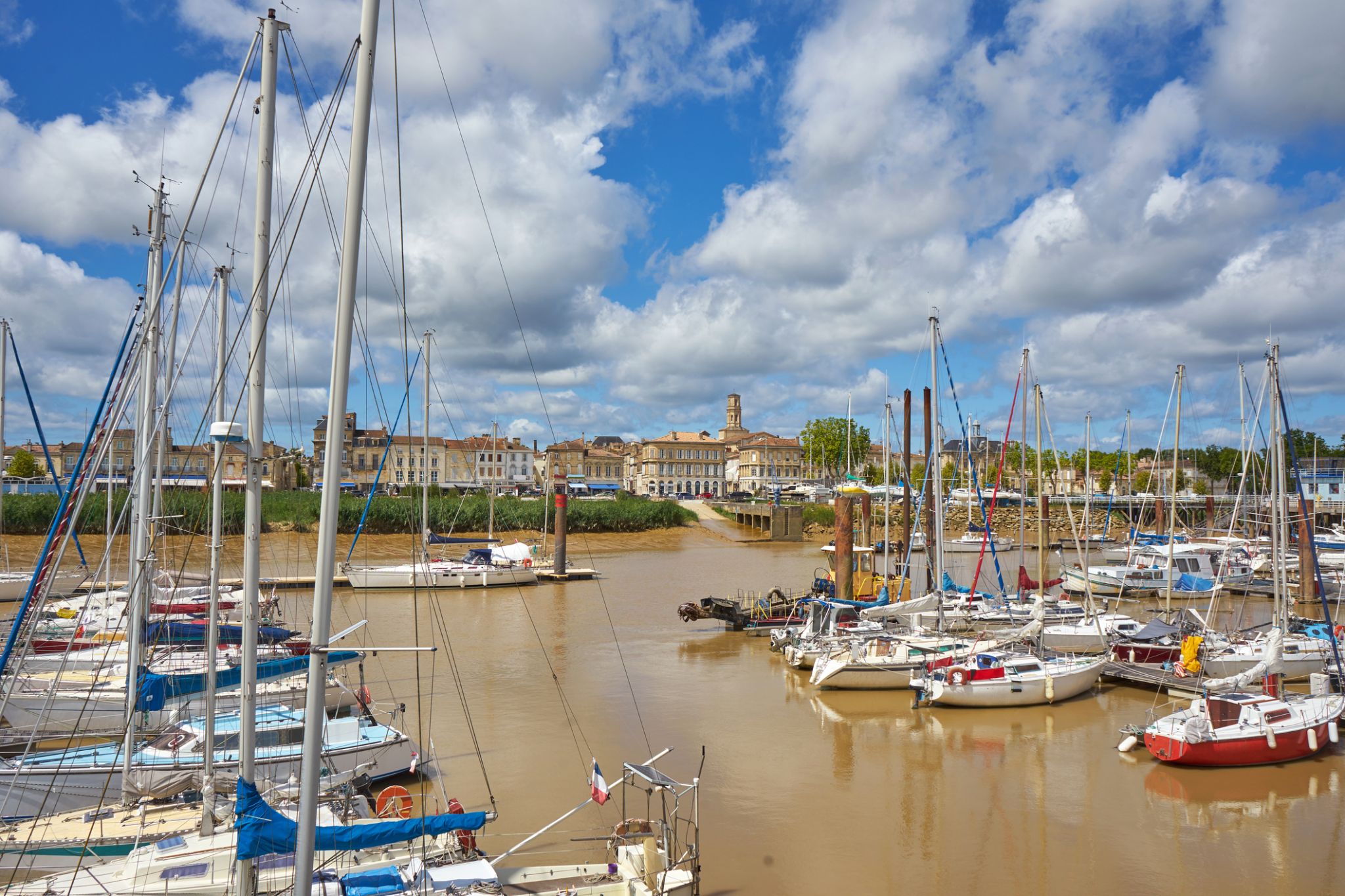
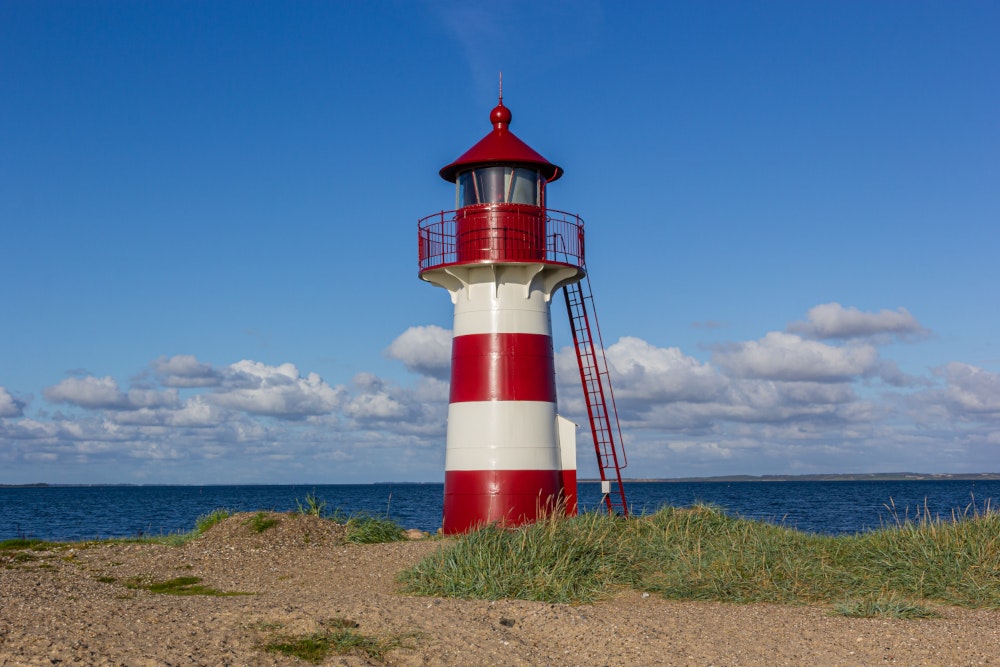
Գարոնա գետի ափին թաքնված այս փոքր ֆրանսիական քաղաքը կախարդում է իր автенտիկ провինցիական հմայքով։ Կադիլլակ-սյուր-Գարոննան հայտնի է իր խաղողի այգիներով, որտեղ պատրաստվում է համաշխարհային ճանաչում ունեցող Կադիլլակ գինին, որը դարձել է տարածաշրջանի հպարտությունը։ Հին փողոցներով և հիանալի ամրոցներով զբոսանքներն ապագա են միջնադարյան Ֆրանսիայի մթնոլորտում, իսկ գետի մոտ գտնվող հյուրընկալ սրճարանները տալիս են Գարոնայի ջրերի գեղեցիկ տեսարաններ։
Տեղական շուկաներն ու փառատոնները հաճախ հավաքում են ճանապարհորդներին, ովքեր ցանկանում են ոչ միայն հիանալ պատմական հուշարձաններով, այլև առավել լավ ծանոթանալ հարավ-արևմուտք Ֆրանսիայի ավանդույթներին։ Կադիլլակ-սյուր-Գարոննան իդեալական վայր է այն մարդկանց համար, ովքեր ցանկանում են խուսափել մեծ քաղաքների աղմուկից և ներշնչվել բնության գեղեցկությունից ու ֆրանսիական մշակույթից։
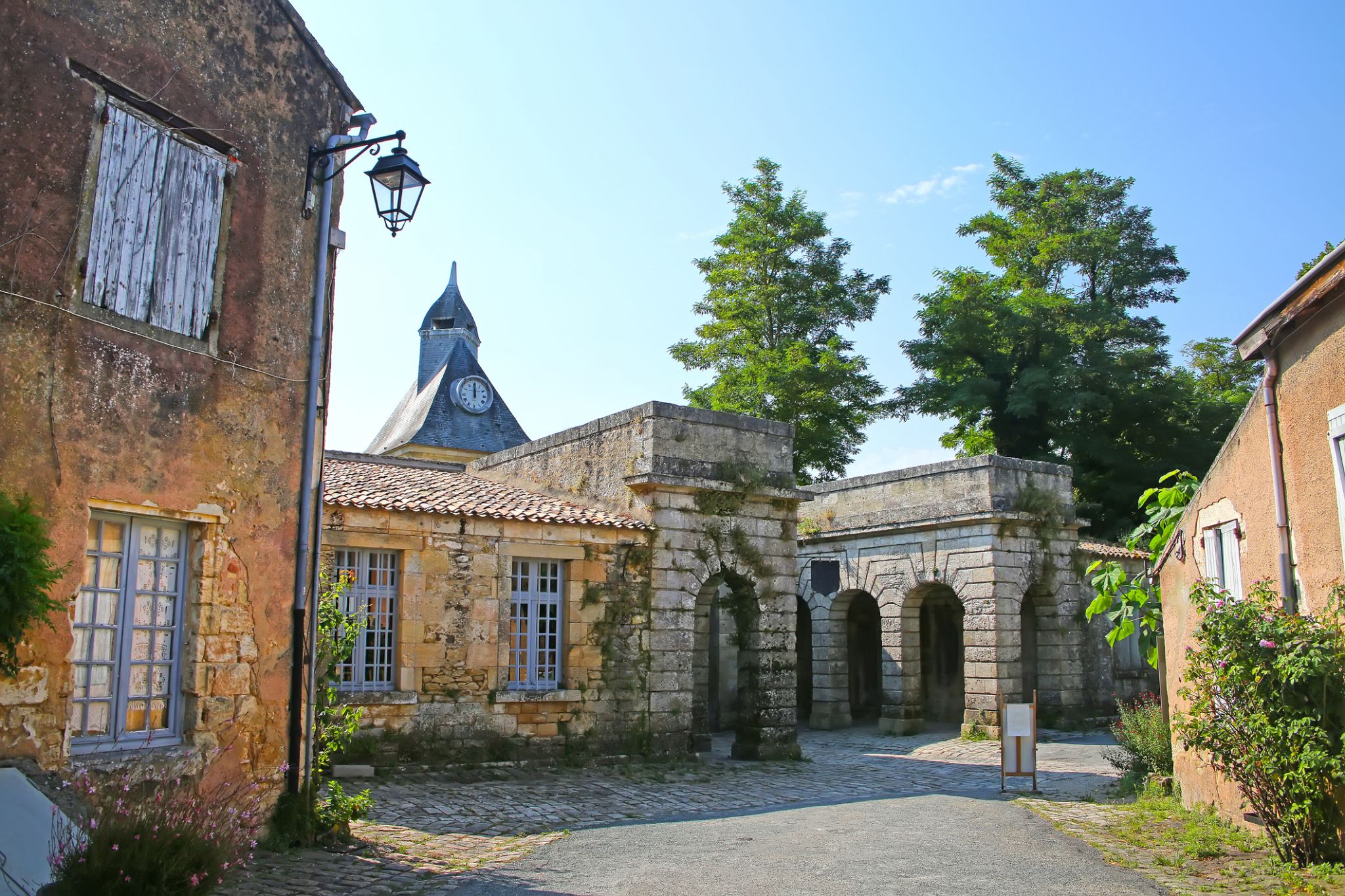
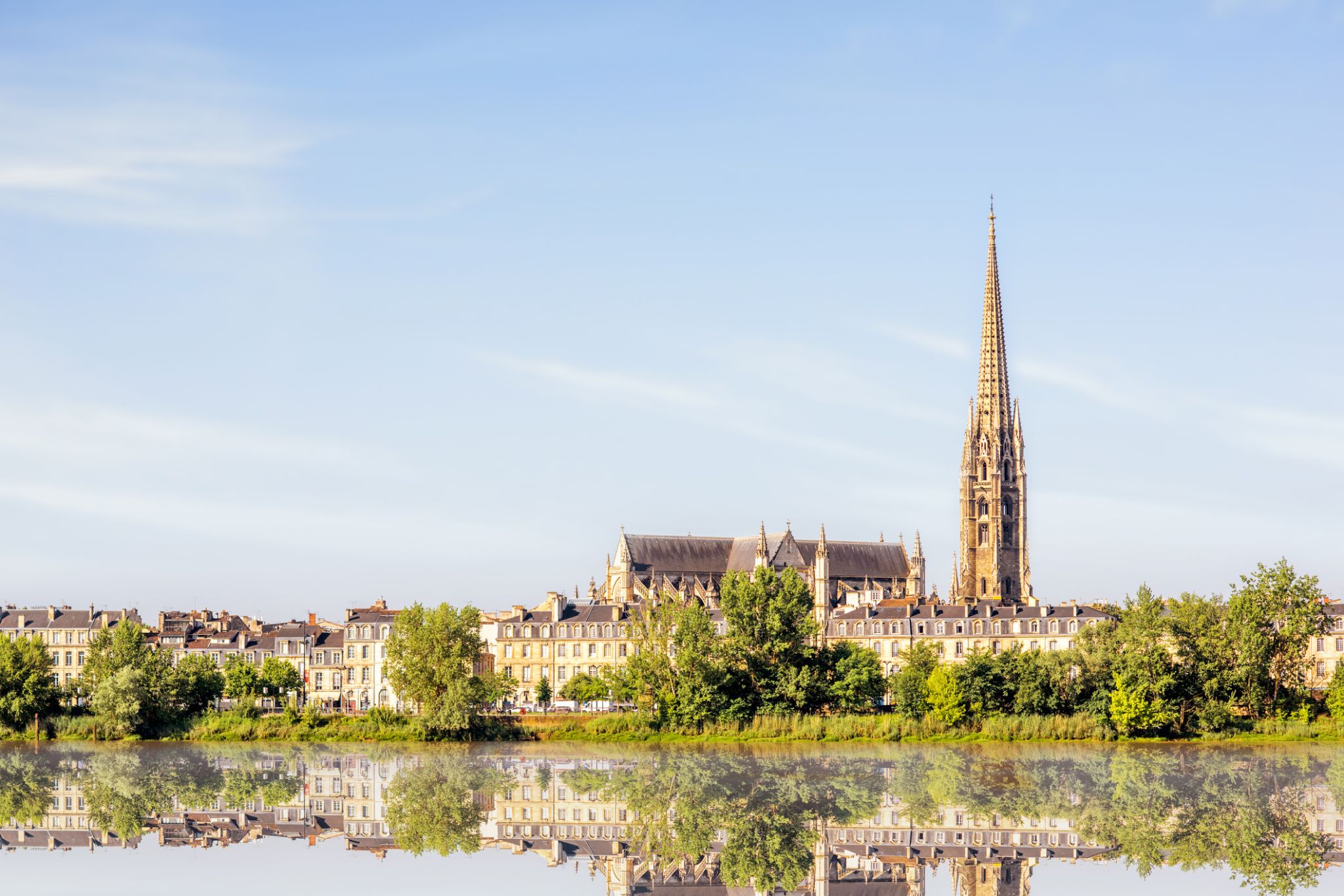


Bordeaux is a port city on the Garonne in the Gironde department in Southwestern France.
The municipality (commune) of Bordeaux proper has a population of 246,586 (2014). Together with its suburbs and satellite towns, Bordeaux is the centre of the Bordeaux Métropole. With 1,195,335 in the metropolitan area, it is the sixth-largest in France, after Paris, Marseille, Lyon, Toulouse, and Lille. It is the capital of the Nouvelle-Aquitaineregion, as well as the prefecture of the Gironde department. Its inhabitants are called "Bordelais" (for men) or "Bordelaises" (women). The term "Bordelais" may also refer to the city and its surrounding region.
Being at the center of a major wine-growing and wine-producing region, Bordeaux remains a prominent powerhouse and exercises significant influence on the world wine industry although no wine production is conducted within the city limits. It is home to the world's main wine fair, Vinexpo, and the wine economy in the metro area takes in 14.5 billion euros each year. Bordeaux wine has been produced in the region since the 8th century. The historic part of the city is on the UNESCO World Heritage List as "an outstanding urban and architectural ensemble" of the 18th century.[7] After Paris, Bordeaux has the highest number of preserved historical buildings of any city in France.

Bordeaux is a port city on the Garonne in the Gironde department in Southwestern France.
The municipality (commune) of Bordeaux proper has a population of 246,586 (2014). Together with its suburbs and satellite towns, Bordeaux is the centre of the Bordeaux Métropole. With 1,195,335 in the metropolitan area, it is the sixth-largest in France, after Paris, Marseille, Lyon, Toulouse, and Lille. It is the capital of the Nouvelle-Aquitaineregion, as well as the prefecture of the Gironde department. Its inhabitants are called "Bordelais" (for men) or "Bordelaises" (women). The term "Bordelais" may also refer to the city and its surrounding region.
Being at the center of a major wine-growing and wine-producing region, Bordeaux remains a prominent powerhouse and exercises significant influence on the world wine industry although no wine production is conducted within the city limits. It is home to the world's main wine fair, Vinexpo, and the wine economy in the metro area takes in 14.5 billion euros each year. Bordeaux wine has been produced in the region since the 8th century. The historic part of the city is on the UNESCO World Heritage List as "an outstanding urban and architectural ensemble" of the 18th century.[7] After Paris, Bordeaux has the highest number of preserved historical buildings of any city in France.
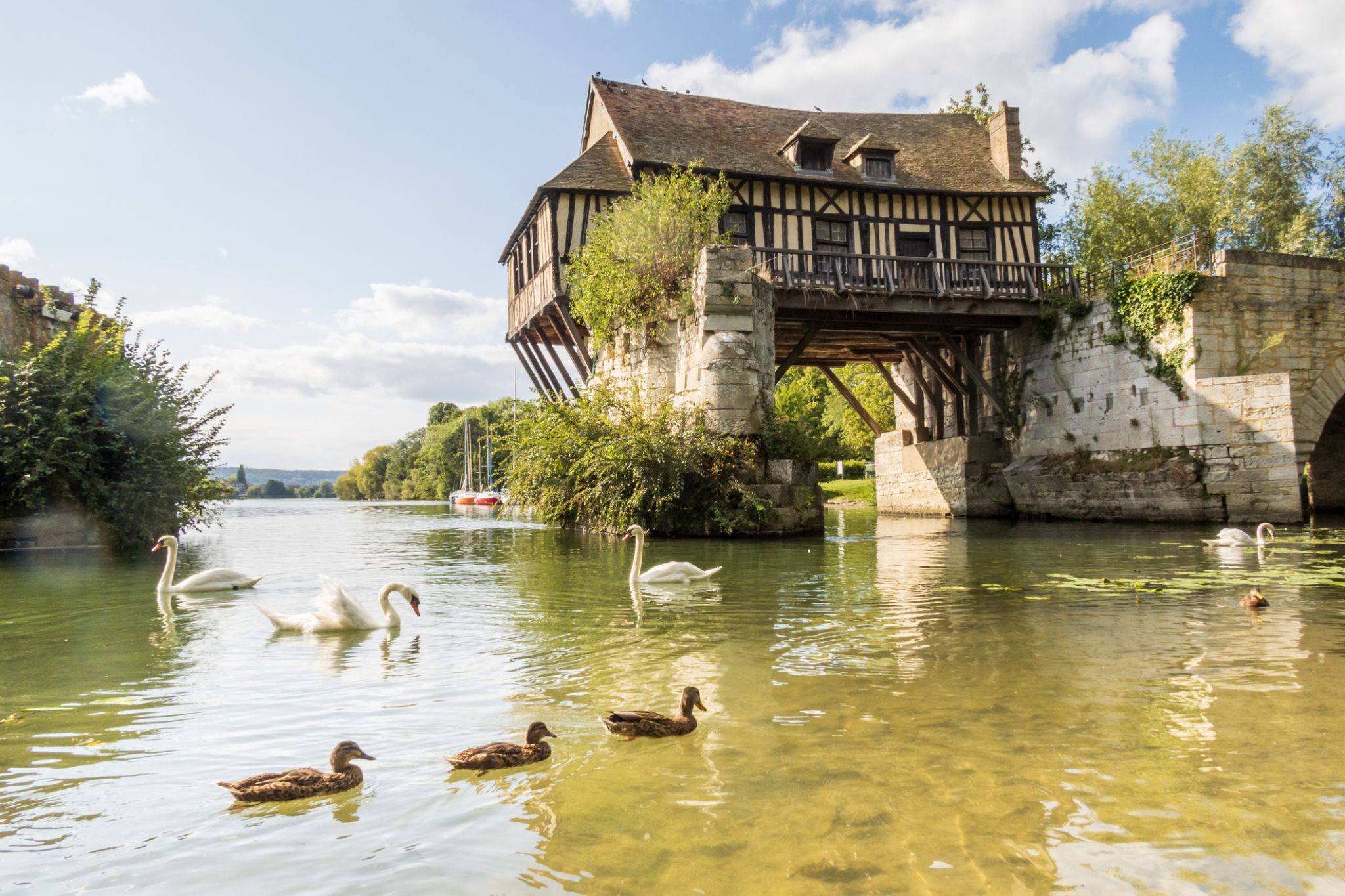
Vernon is a small French town with a population of 25,000 people, located in the Eure department, which is part of the Upper Normandy region.
Vernon is an ancient town. Throughout its existence, it has played strategic roles and witnessed numerous battles. During World War II, Vernon was completely destroyed but was rebuilt literally from the ruins. The most famous landmark of Vernon is the Old Mill. It is a timber-framed and brick structure that rests on two piers of an old destroyed bridge across the Seine. The bridge was built in the 12th century, while the mill dates back to around the 16th century.
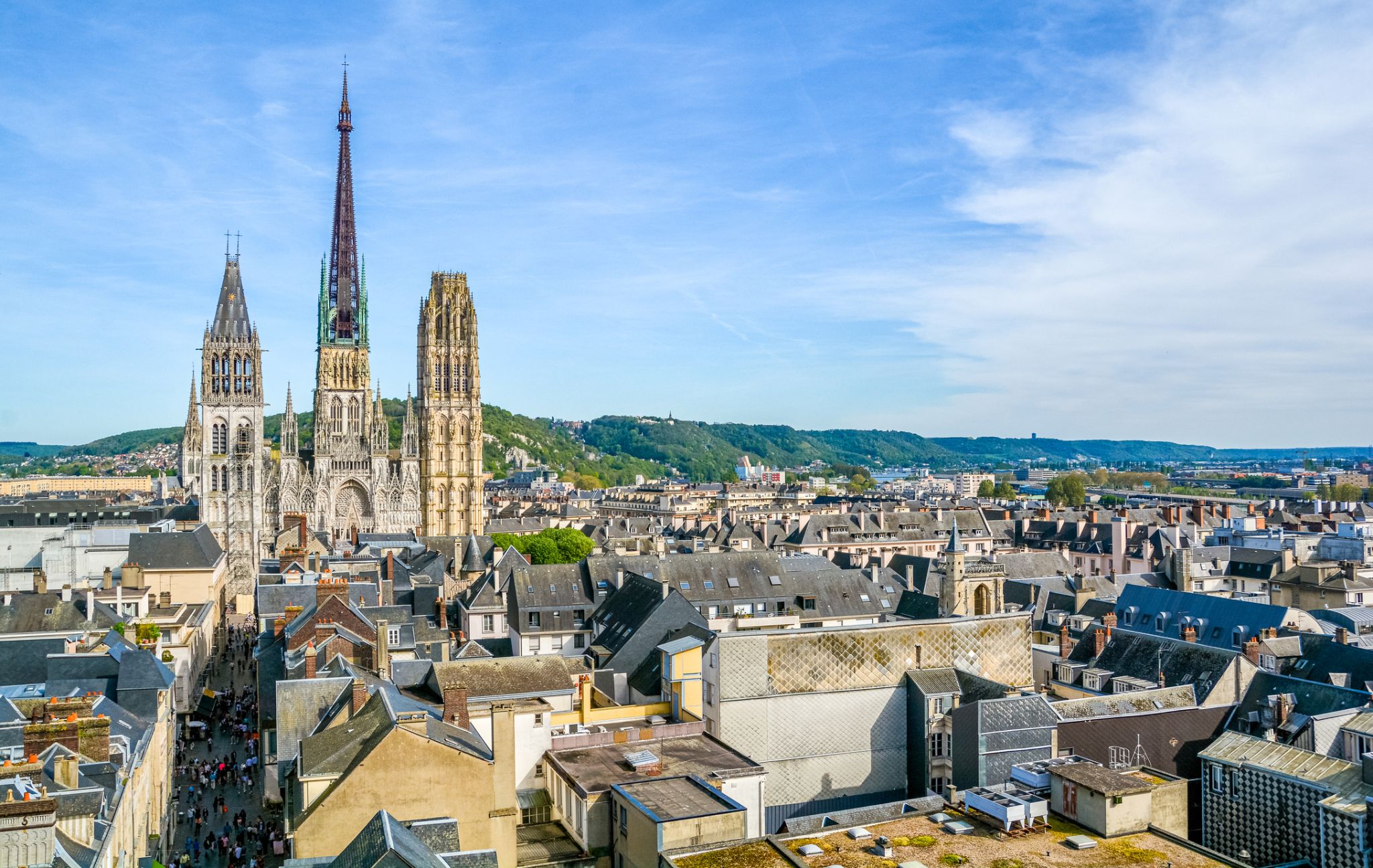
Rouen is a city on the River Seine in the north of France. It is the capital of the region of Normandy. Formerly one of the largest and most prosperous cities of medieval Europe, Rouen was the seat of the Exchequer of Normandy during the Middle Ages. It was one of the capitals of the Anglo-Norman dynasties, which ruled both England and large parts of modern France from the 11th to the 15th centuries.
The population of the metropolitan area (in French: agglomération) at the 2011 census was 655,013, with the city proper having an estimated population of 111,557. People from Rouen are known as Rouennais.
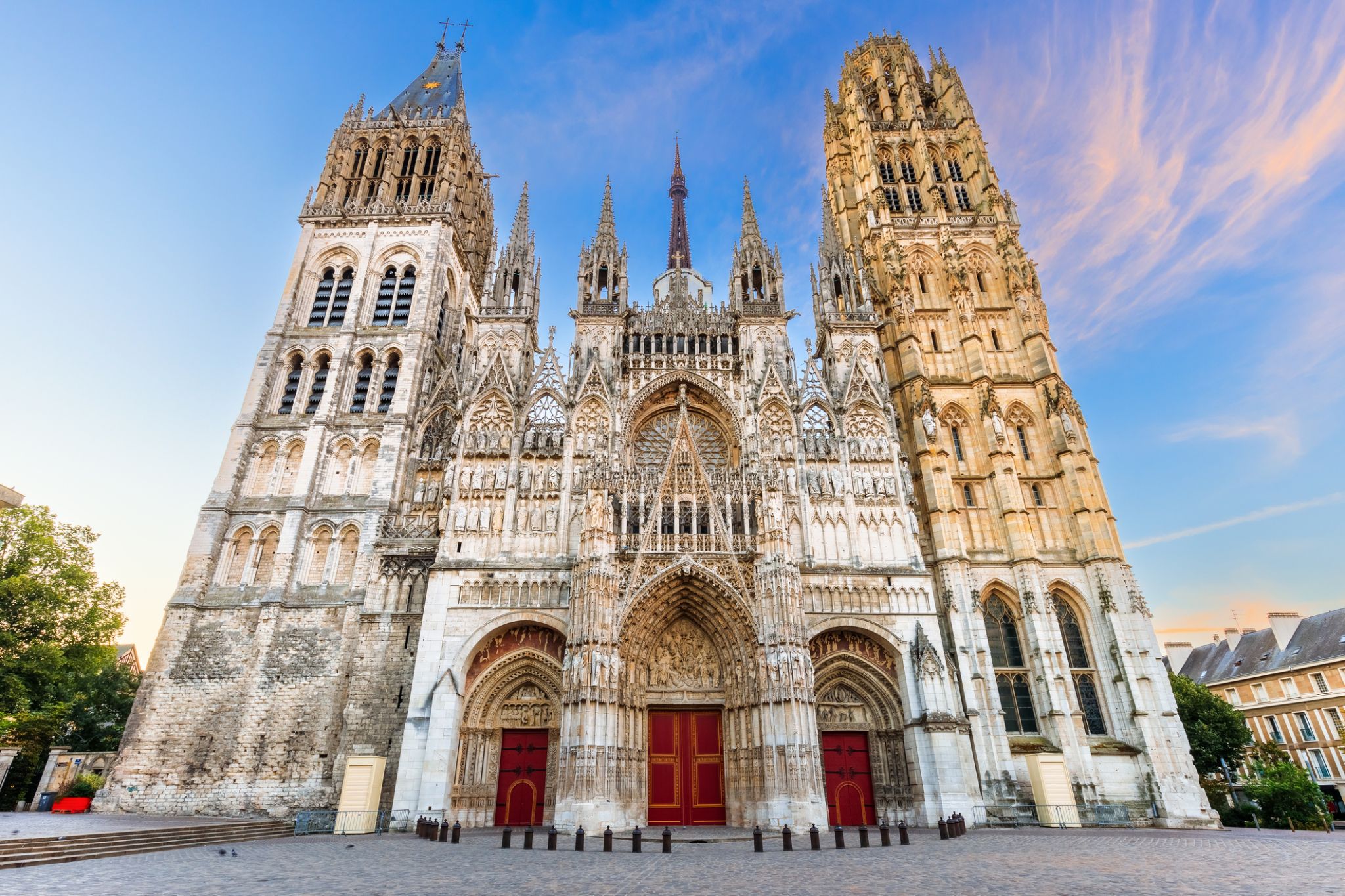

Rouen is a city on the River Seine in the north of France. It is the capital of the region of Normandy. Formerly one of the largest and most prosperous cities of medieval Europe, Rouen was the seat of the Exchequer of Normandy during the Middle Ages. It was one of the capitals of the Anglo-Norman dynasties, which ruled both England and large parts of modern France from the 11th to the 15th centuries.
The population of the metropolitan area (in French: agglomération) at the 2011 census was 655,013, with the city proper having an estimated population of 111,557. People from Rouen are known as Rouennais.
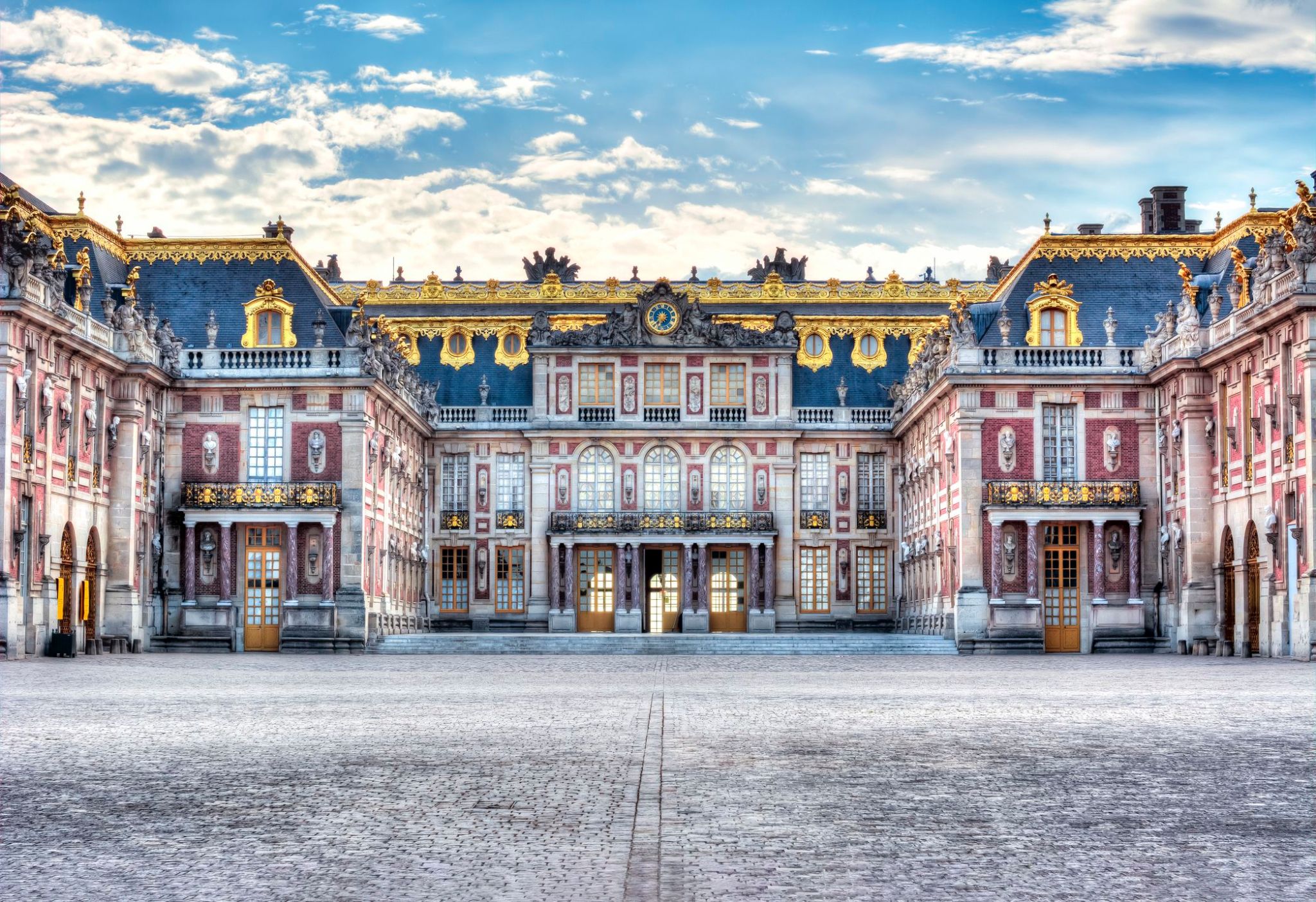
Փառահեղ պուրակներ, ճշգրիտ ձևավորված պարտեզներ և հայելու շքեղ փայլ – այստեղ Ֆրանսիայի անցյալը կենդանանում է իր արքայական ամբողջ շքեղությամբ։ Դղյակի համալիրը և նրա շրջակայքը տպավորում են ճարտարապետության և լանդշաֆտի ներդաշնակությամբ՝ ստեղծելով մթնոլորտ, որտեղ յուրաքանչյուր քայլ հիշեցնում է թագավորության երբեմնի վեհությունը։
Երբևէ այստեղ կնքվել են դիվանագիտական պայմանագրեր, որոշվել է Եվրոպայի ճակատագիրը և կազմակերպվել են շքեղ պարահանդեսներ Լյուդովիկոս XIV-ի օրոք։ Այսօր այս վայրը ոգեշնչում է հազարավոր ճանապարհորդների, ովքեր գալիս են ոչ միայն հայտնի Հայելու սրահը տեսնելու, այլև զբոսնելու թագավորական այգիներով, նավակով զբոսնելու ջրանցքով կամ բացահայտելու զբոսայգու հեռավոր անկյունները՝ հեռու զբոսաշրջային աղմուկից։
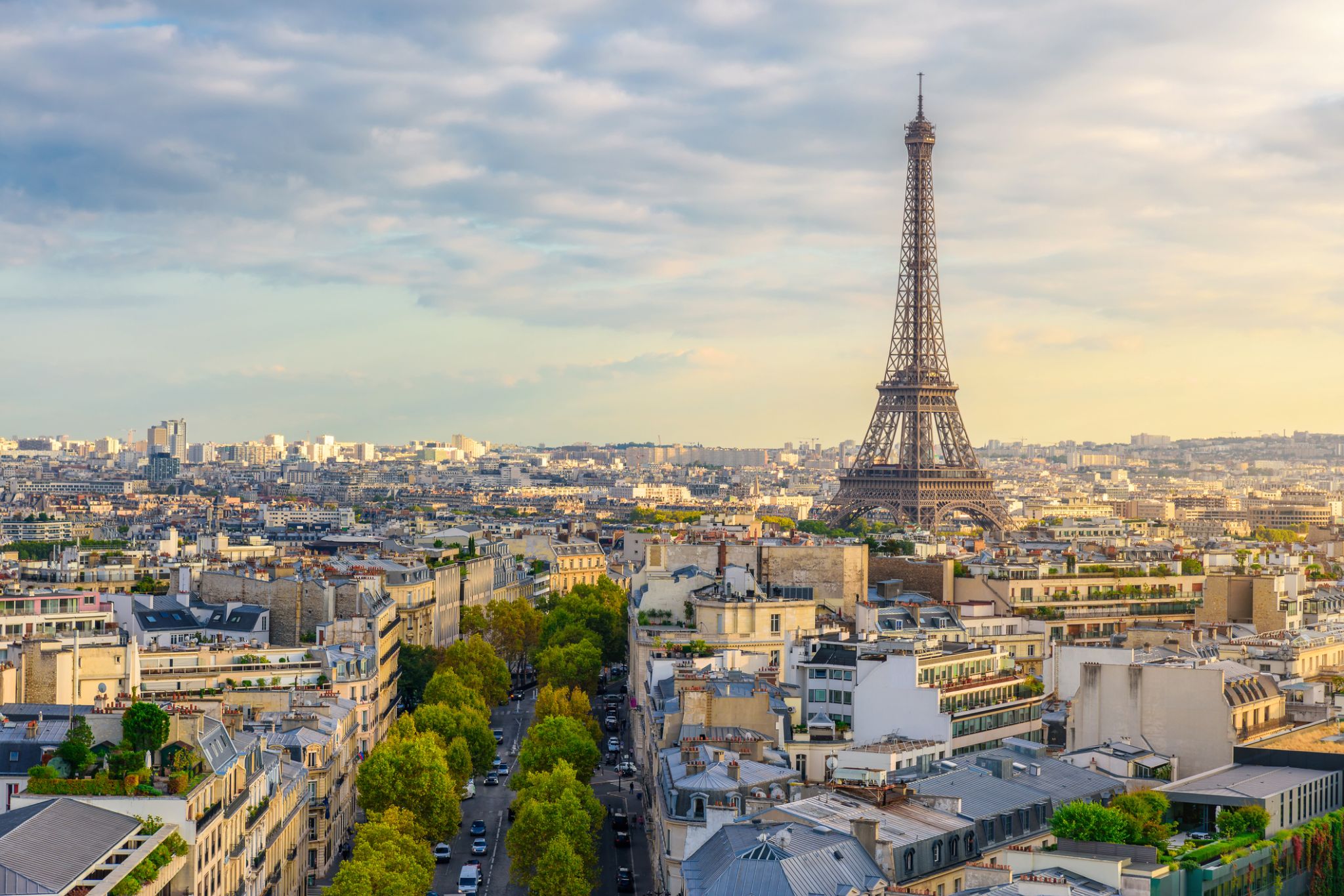
the capital of France, on the Seine River; population 2,203,817 (2006). Paris was held by the Romans, who called it Lutetia, and by the Franks, and was established as the capital in 987 under Hugh Capet. It was organized into three parts—the Île de la Cité (an island in the Seine), the Right Bank, and the Left Bank—during the reign of Philippe-Auguste 1180–1223. The city's neoclassical architecture dates from the modernization of the Napoleonic era, which continued under Napoleon III, when the bridges and boulevards of the modern city were built.

the capital of France, on the Seine River; population 2,203,817 (2006). Paris was held by the Romans, who called it Lutetia, and by the Franks, and was established as the capital in 987 under Hugh Capet. It was organized into three parts—the Île de la Cité (an island in the Seine), the Right Bank, and the Left Bank—during the reign of Philippe-Auguste 1180–1223. The city's neoclassical architecture dates from the modernization of the Napoleonic era, which continued under Napoleon III, when the bridges and boulevards of the modern city were built.